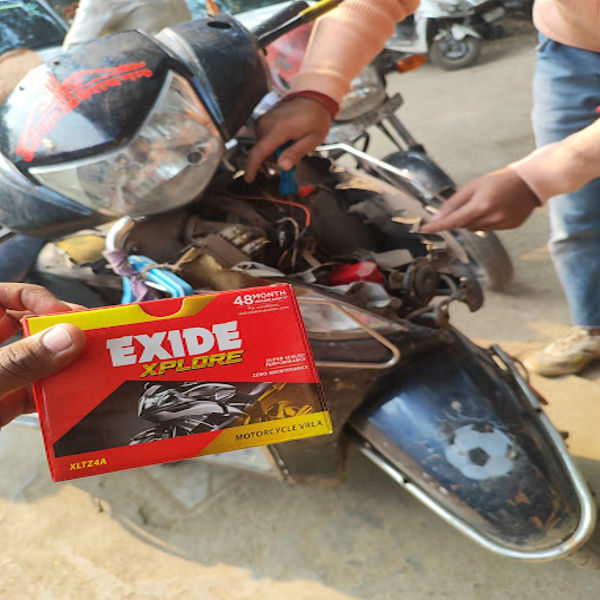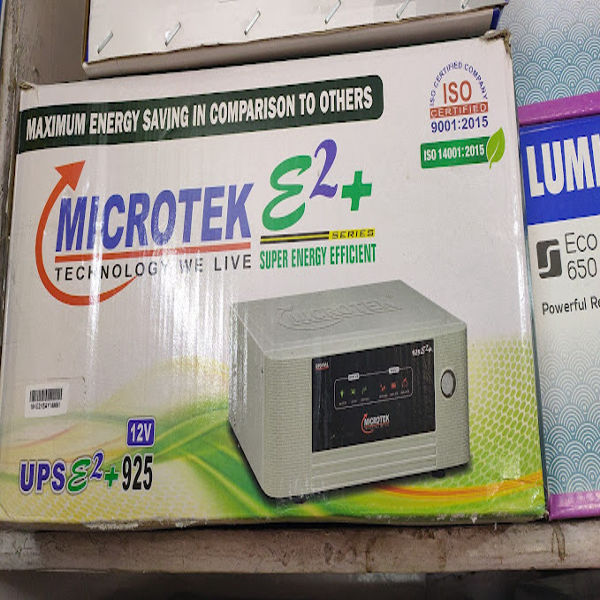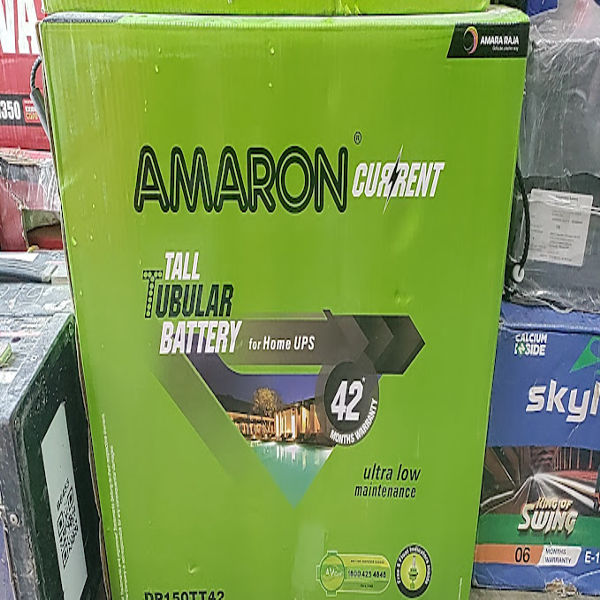The Vertiv Liebert GXT MT LX (3 X 3) 10KVA UPS is a compact and reliable uninterruptible power supply designed for critical applications. It features best-in-class efficiency, robust protection, and simplified installation, making it suitable for commercial use. Key Specifications Power Rating: 10 KVA Phase: 3-phase, 4-wire Input Voltage: 400VAC Output Type: Online double conversion Warranty: 1 year Features High Efficiency: Offers excellent energy efficiency, reducing operational costs. Compact Design: Space-saving design ideal for various environments. Remote Monitoring: Capable of remote management for enhanced operational oversight. Applications Ideal for data centers, telecommunications, and other critical systems requiring uninterrupted power. For more detailed specifications, refer to the official Vertiv documentation. ### Additional Features True Online Double-Conversion: Provides continuous power supply and protects against power disturbances. DSP Processor: Utilizes the latest Digital Signal Processing technology for enhanced performance. Output Power Factor: Rated at 0.9, ensuring efficient power delivery. Active Input Power Factor Correction: Maintains efficiency across all phases. Frequency Converter Mode: Supports both 50 Hz and 60 Hz operations. ECO Mode Operation: Energy-saving mode that optimizes efficiency during low-load conditions. Emergency Power-Off Function (EPO): Allows for immediate shutdown in emergencies. Generator Compatibility: Designed to work seamlessly with generator systems. Multiple Communication Ports: Includes SNMP, USB, and RS-232 for versatile monitoring and management options. 3-Stage Extendable Charging Design: Optimizes battery performance and extends battery life. Adjustable Battery Numbers: Configurable for long-run models based on specific needs. Operational Conditions Operating Temperature: Functions effectively in a temperature range of 0 °C to 40 °C. Integrated Maintenance Bypass Breaker: Facilitates maintenance without interrupting power supply. Scalability: Can be expanded up to 40 kVA for growing power needs. Caster Wheels: Equipped for easy repositioning within facilities. Conclusion The Vertiv Liebert GXT MT LX (3 X 3) 10KVA UPS is engineered for high performance and reliability, making it an excellent choice for businesses that require uninterrupted power for their critical infrastructure. Its advanced features, compact design, and efficient operation ensure that essential systems remain operational during power outages. For further information, consult the official Vertiv website or authorized distributors.








